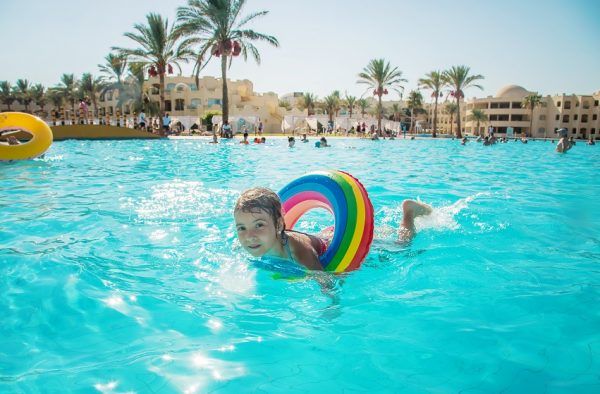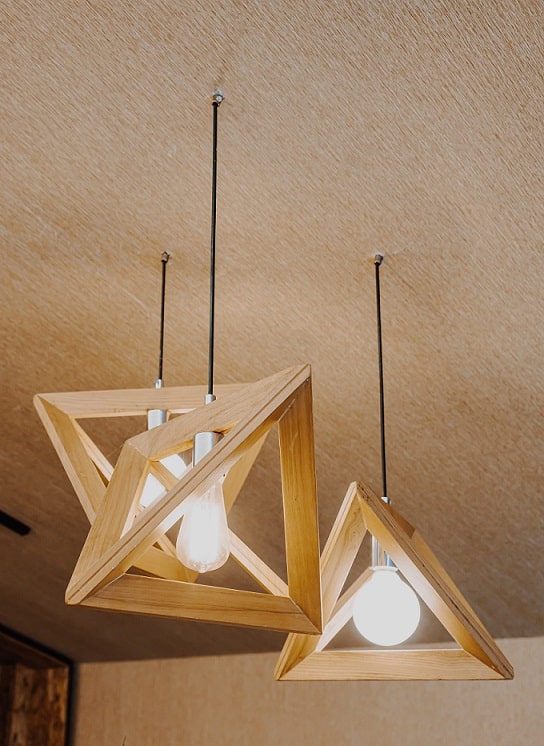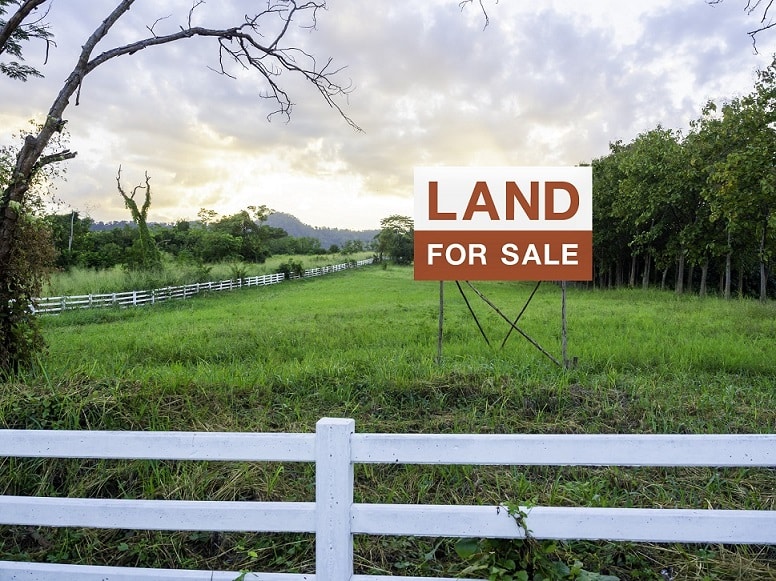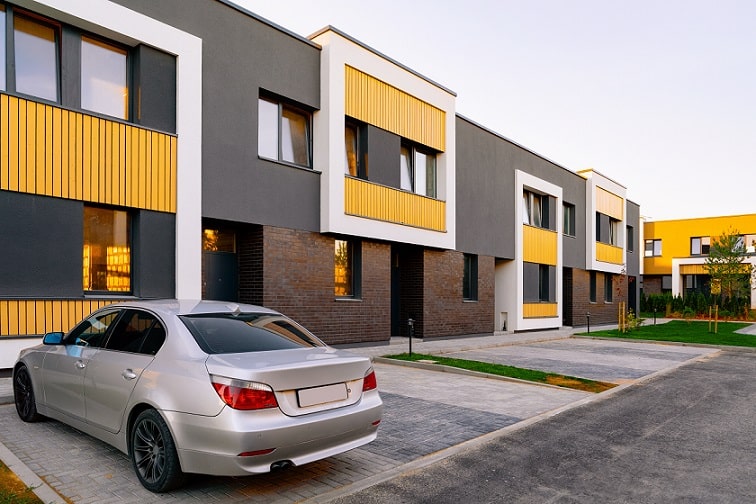
Whether it’s in or by the pool, or simply within the confines of your great outdoors, making sure your active kids are safe this summer requires an outwardly mobile view.
Common sense should always prevail. Constant vigilance and assigning householders age-appropriate safety duties/rules while also ensuring that older children are taken care of provide the basis for secure and stress-free living this summer.

Pool safety
Swimming pools are the catalyst for fun in the sun, but the statistics show a tragic picture of toddler fatalities caused by unsupervised or accidental drownings. Two-thirds of drowning deaths throughout Australia and New Zealand occurred in swimming pools. Ensure that you avoid your family’s worst nightmare by following the expert advice of Kidsafe and Safetech:
- Children are closely supervised by an adult at all times around the pool/spa
- All gates and doors that lead into the pool area are self-closing
- All gates and doors that lead into the pool area are self-latching
- The pool gate is never propped open
- Your safety barrier is free of gaps, holes or spaces that a child could try to get through
- The area surrounding your pool barrier is free of climbable objects (such as barbecues, tree stumps, swings, trampolines, outdoor tables and chairs, etc.)
Driveway
Never leave motors of any kind switched on and unsupervised when children are around. Turn off and lock a car or vehicle; take the key out of the ignition, and always know where your children are around cars.
Don‘t let your children use the driveway as a play area; create safe play areas for your children by fencing off the driveway from play areas.
Make access to the driveway from the house difficult for young children by using security doors, fencing or gates.
Always supervise your children and do not let them play around cars. When they are near cars, hold their hand or hold them close to keep them safe.
Avoid driveway runovers by ensuring you: SUPERVISE + SEPARATE + SEE (i.e. don’t go if you don’t know).
Further information on preventing driveway runovers can be found in A Parent’s Guide to Kidsafe Roads and Road safety tips to teach your children.
Taking care with older children
We often expect older children to act as childminders for us. Certainly, caring for a younger child is something most older children like to do, but we need to remember that they are still children themselves and not little adults. This applies to other chores we might ask them to perform.
Safety steps with older children:
- Remember, they still need to be supervised by an adult.
- Be realistic about what a 12-year-old can safely do. Don’t expect them to be responsible in dangerous situations, such as bathing the baby or using a lawnmower.
- Give older children training in safety. Teach them about the dangers around the home and show them how to deal with these correctly.
- Be realistic about what work young teenagers can safely do. Train them carefully and supervise their work. Make sure they wear protective clothing and eye-and-ear protection where needed.
- Insist that children always use safety gear like helmets for bikes, horses, in-line skates and skateboard riding. In-line skates and skateboard riders need wrist guards, elbow pads and knee pads.
- For older children, injuries often happen during sport. Ask your child’s coach about their safety policies.
- Praise sensible behaviour.
What else can you do?
Safety steps to make your home as safe as possible include:
- Install as many movable safety products, like door barriers, as you can.
- Ask the landlord or rental provider for permission to have a few important changes, like child-resistant catches on kitchen and laundry cupboards.
- Electrical Safety Switches and smoke alarms are required by law. Check that you have them and they work. —Take the Home Safety Checklist / Safekids Home Safety Checklist along to help you check out the property. Ask in advance what child safety changes the landlord or rental provider is prepared to make.



